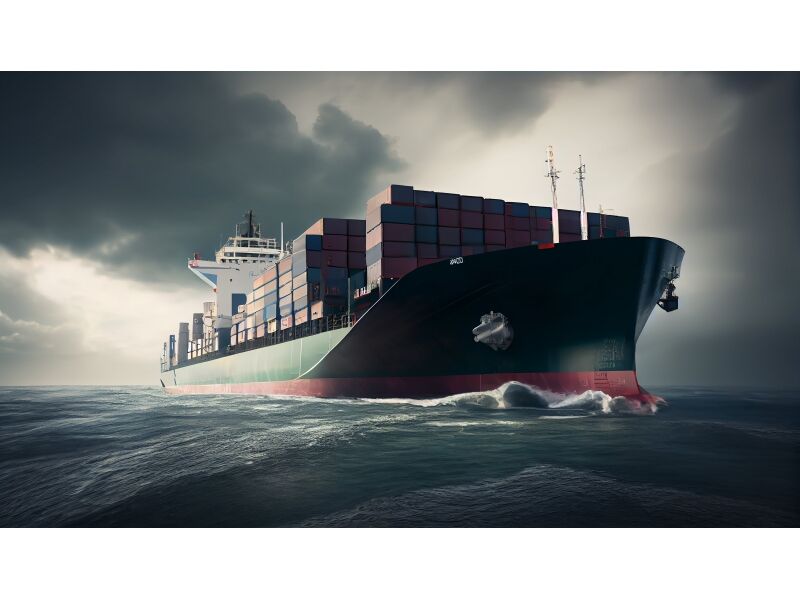What is Battery Acid ? | Ship Chemicals
Marine battery acid is a solution containing sulfuric acid, typically used as an electrolyte in lead-acid batteries. Here are detailed insights about marine battery acid:
-
Chemical Composition: Marine battery acid primarily contains 35-40% sulfuric acid. Sulfuric acid (H₂SO₄) is a chemical compound that forms a strong acid when mixed with water and has strong corrosive properties.
-
Use as an Electrolyte: Marine battery acid is found in the electrolyte section of lead-acid batteries. The working principle of the battery relies on the electrochemical reaction facilitated by the ions of sulfuric acid to produce electrical energy.
-
Properties:
- Corrosiveness: Sulfuric acid is a highly potent corrosive substance that can cause damage to materials it comes into contact with. Therefore, it must be handled with care.
- Strong Odor: Marine battery acid has a characteristic and quite unpleasant smell.
- Color: It is generally a clear liquid but can vary in color depending on the additives it contains.
-
Applications:
- It serves as the electrolyte in large batteries used in ships within the maritime sector.
- It is also used in large-capacity batteries employed as power sources in industrial applications.
- It is preferred in alternative energy storage systems and emergency power sources.
-
Safety and Usage Tips:
- Due to its strong acidic nature, direct contact with marine battery acid should be avoided, and protective equipment such as gloves and goggles should be worn.
- Spills or splashes should be carefully cleaned up during use, and appropriate safety precautions should be taken for these processes.
- It should be stored in places out of reach of children.
Marine battery acid is an important component for providing a reliable energy source, particularly in large ships and industrial applications. However, attention to safety issues during its use is essential.
 July 03 2024
July 03 2024